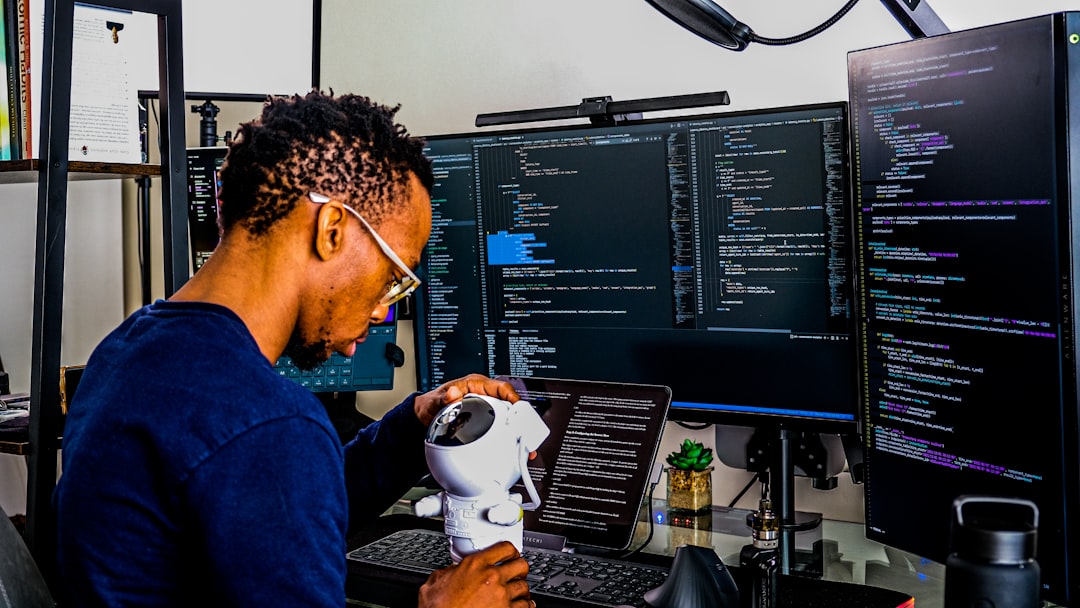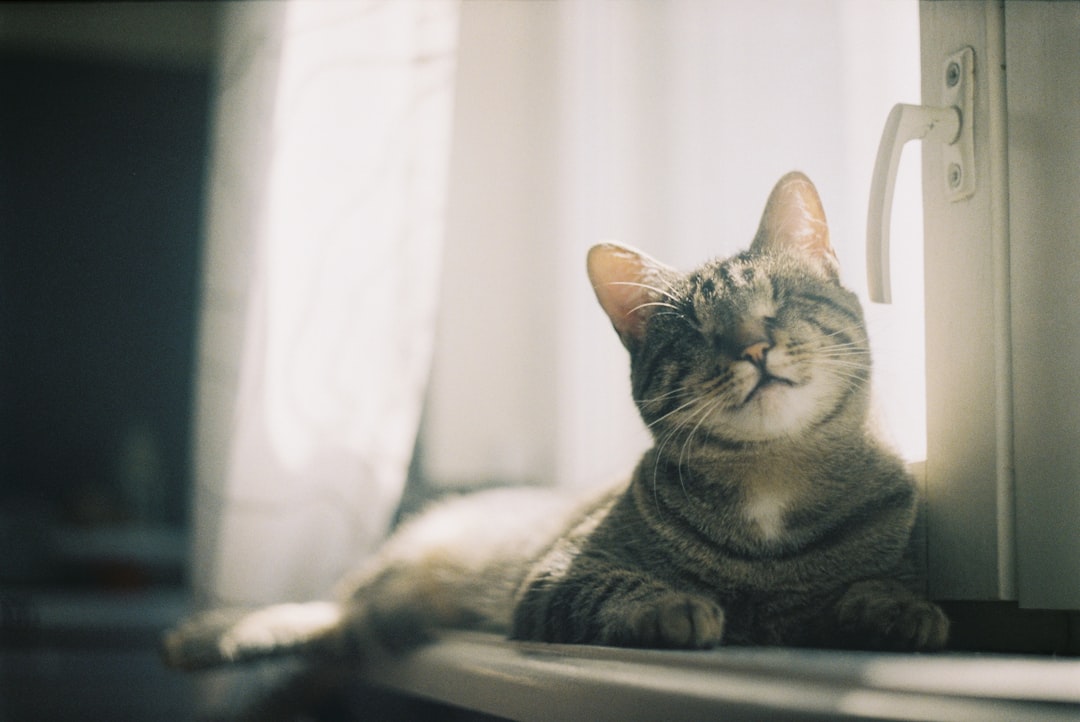What is it about?
Carter's (2004) theory of creativity in everyday common talk is by far the most influential in the field. He hypothesises that linguistic creativity can be categorised into pattern-forming and pattern-reforming creativity. Television drama, despite its global popularity, receives little attention from the field of linguistics. This paper aims to explore the 'common ground' in television drama dialogue and linguistic creativity through deciphering how pattern-reforming creativity is realised through screenplay, telecinemato-graphy and acting as meaning-making strategies. Using dialogues from the TV medical dramedy House M.D., a corpus was created to facilitate the extraction of pattern-reforming creativity such as neologisms, portmanteaus and slang words. The extracted data was then analysed using a corpus linguistic approach to multimodal discourse analysis. The analysis reveals a strong association of pattern-reforming creativity production with actor's facial performance realised interpersonally by certain types of telecinematic resources, such as visual framing, camera angle, camera movement and proxemics. T
Featured Image

Photo by Tim Mossholder on Unsplash
Why is it important?
his research is a pioneering effort in linking up linguistic creativity with multimodality and is a positive driving force towards research in teledramatic discourse.
Perspectives
In memory of Prof. Ronald Carter.
Dr. Locky Law
The University of Hong Kong
Read the Original
This page is a summary of: Creativity and television drama: a corpus-based multimodal analysis of pattern-reforming creativity in House M.D., Corpora, August 2019, Edinburgh University Press,
DOI: 10.3366/cor.2019.0167.
You can read the full text:
Resources
Contributors
The following have contributed to this page










